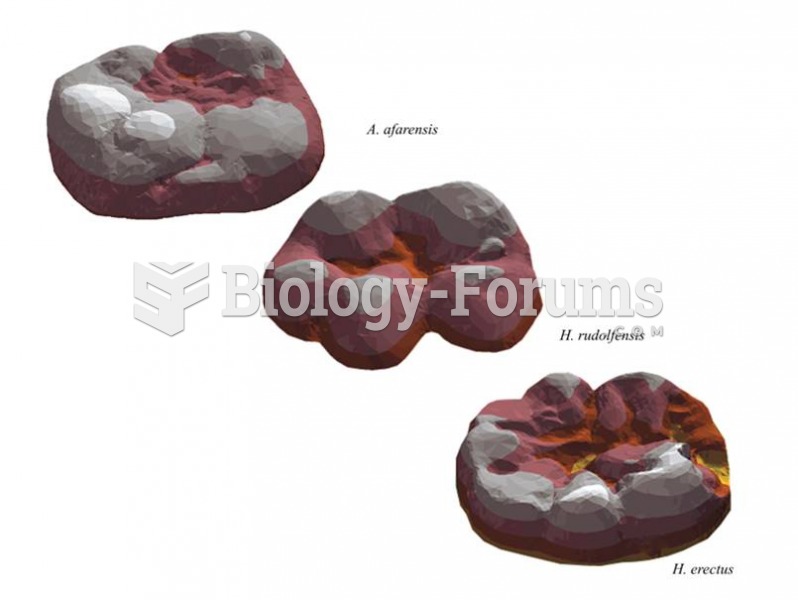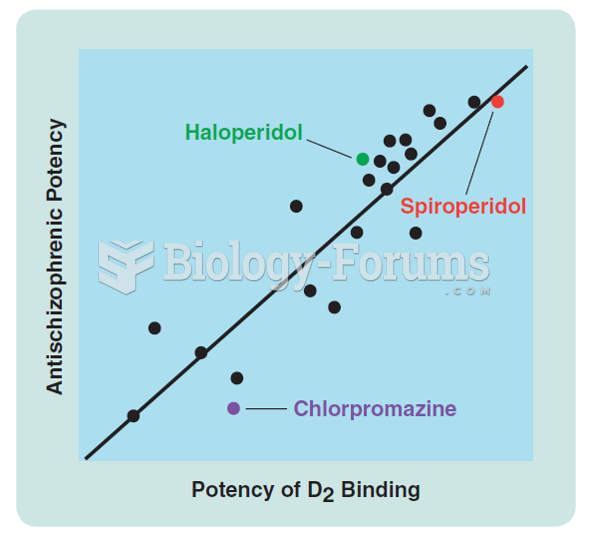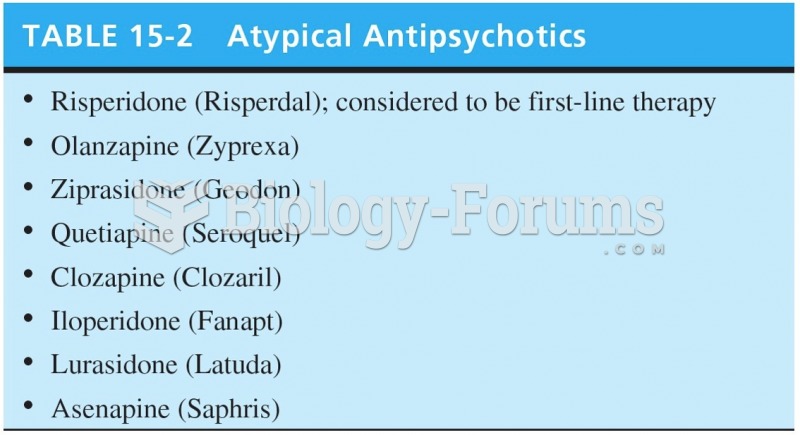|
|
|
The FDA recognizes 118 routes of administration.
About 100 new prescription or over-the-counter drugs come into the U.S. market every year.
Prostaglandins were first isolated from human semen in Sweden in the 1930s. They were so named because the researcher thought that they came from the prostate gland. In fact, prostaglandins exist and are synthesized in almost every cell of the body.
Anesthesia awareness is a potentially disturbing adverse effect wherein patients who have been paralyzed with muscle relaxants may awaken. They may be aware of their surroundings but unable to communicate or move. Neurologic monitoring equipment that helps to more closely check the patient's anesthesia stages is now available to avoid the occurrence of anesthesia awareness.
The heart is located in the center of the chest, with part of it tipped slightly so that it taps against the left side of the chest.
 Dental topography differs between A. Afarensis and H. erectus, suggesting the australopithecine teet
Dental topography differs between A. Afarensis and H. erectus, suggesting the australopithecine teet
 Many fathers and infants form secure attachments. Fathers’ style of interaction differs somewhat ...
Many fathers and infants form secure attachments. Fathers’ style of interaction differs somewhat ...



